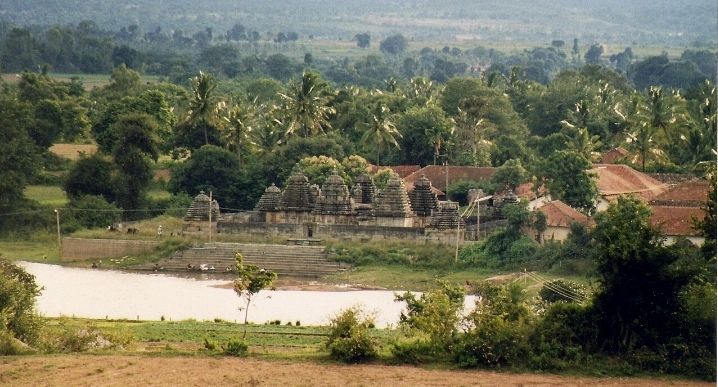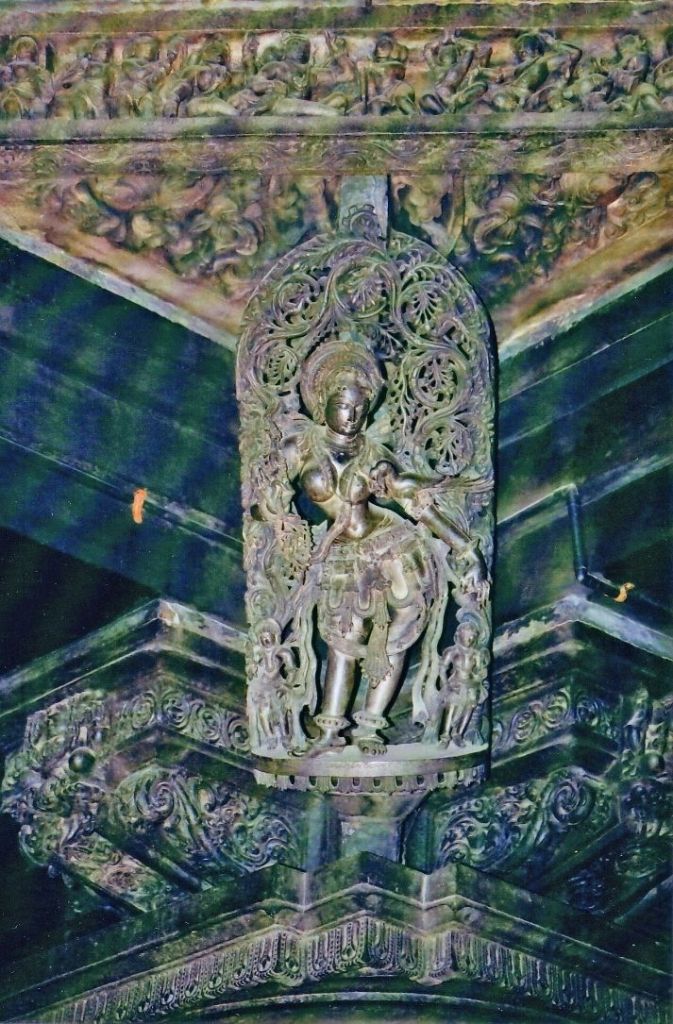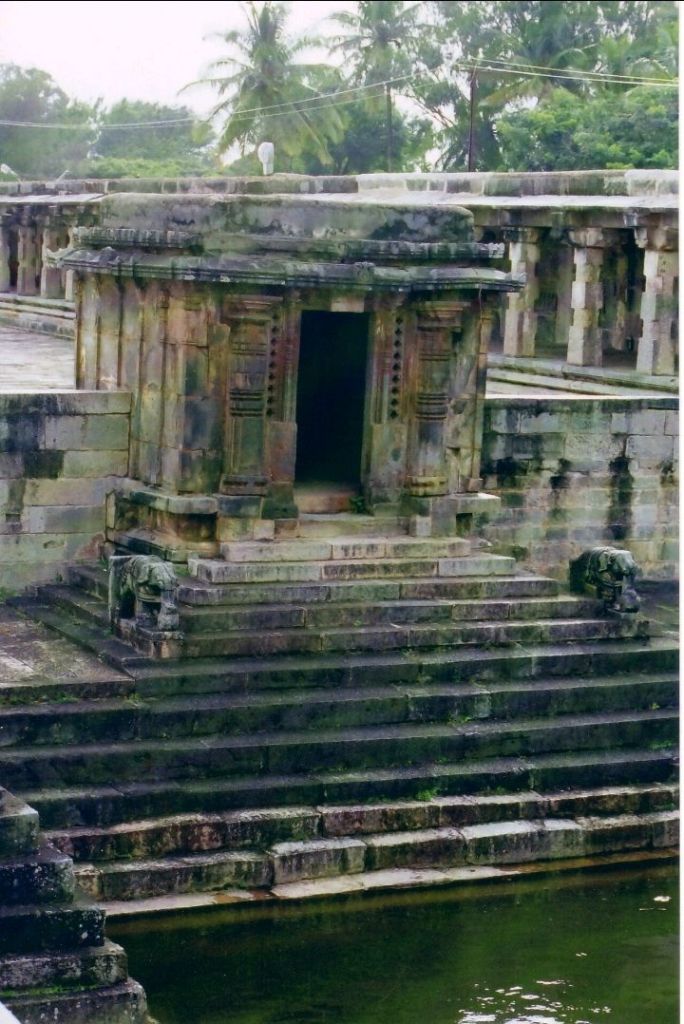
HOYSALA ECONOMY
Economy of HOYSALA kingdom was primarily based on agriculture . Native and foreign trades developed during that period. The king granted land to religious beneficiaries like BRAHMINS , JAINS and persons rewarded for services rendered to the kings .The type of land grant was generally wetland popular in fertile river valley of the TUNGABHADRA and KAVERI . Clearing forest for cultivation was new source of revenue for the state . It also created job opportunities for the landless and introduced more agrarian lifestyle to the forest dwellers . Irrigation system like tanks , reservoirs , canals and wells were built and maintained at the expense of local villagers . However , irrigation tanks like VISHNUSAGARA , SHANTISAGARA , BALLALARAYASAGARA were created at the expense of state .The highlands in MALNAD region was suitable for cattle farming , orchards and spices . Paddy and corn were staple crops in the plains . The rich land owners were called GAVUNDA or GAUDA and HEGADDE . GAVUNDAS sometimes had a dual role to play : 1. As village representatives ; and 2. Appointees of the state .Tax assessment was done by the village assembly which was responsible for collecting taxes for the government . Land revenue was called SIDDHAYA and cesses were collected in proportion to original assessment (KULA) .Taxes were levied on profession , marriage , goods in transit on Chariots , carriages , domesticated animals . Apart from that taxes on commodities like gold , perfumes , precious stones , sandalwood , ropes , yarn , residence , health , shops , cattle pans , sugarcane presses and produce like betel leaves , black pepper , ghee , paddy , spices , palm leaves , coconuts and sugar were also brought under purview of taxes . Cattle tax was called balavana and loom tax was called maggadere . Fines were also collected on violation of tax laws . Imports and exports were other sources of economy of the state during the HOYSALA EMPIRE . Import of horses on the western seaboard was a flourishing business . Rich forest products like Teak was exported through ports of KERALA . South INDIA exported textiles , spices , medicinal plants , precious stones , pottery , salt made from salt pans , jewels , gold , ivory , rhino horns , ebony , sandalwood and camphor to CHINA .These products also reached ports like DHOFAR , ADEN and SIRAF from where they reached EGYPT , ARABIA and PERSIA . So, HOYSALA EMPIRE quite prosperous economically .

SOCIETY DURING HOYSALA PERIOD
The involvement of women , especially of royalty , was the notable feature of the HOYSALA kingdom . Queen UMADEVI governed HALEBIDU in absence of VEERA BALLALA II . She also fought wars against antagonistic feudatories . Queen SHANTALA DEVI was well versed in dance , music , literature , poetry , politics and administration . She used to render public performances . AKKA MAHADEVI , a VACHANA poet , renounced the temporal world in favor of one of devotion . She was a LINGAYAT SHAIVAITE whose 430 VACHANA poems are still regarded with great respect . However , the practice of SATI was voluntarily prevalent and prostitution was socially acceptable . DEVADASIS (temple dancers) were well educated and accomplished in art . Caste system was conspicuously present in the society during HOYSALA period . With the expansion of HOYSALA territory in the TAMIL country , large scale migration of people from KARNATKA to TAMIL NADU took place during this period . Due to flourishing trade , presence of foreigners like ARABS , JEWS , PERSIANS , CHINESE and people from MALAYA PENINSULA were also present there . Migration of TAMIL sculptors to BELUR and HALEBIDU caused some CHOLA style sculptures in a few HOYSALA temples .Towns were called PATTANA or PATTANAM and marketplace , NAGARA or NAGARAM . A few important marketplaces grew into townships . SHRAVANABELAGOLA in HASSAN district developed from a JAIN religious place in the 7th century AD to an important settlement in the 12th century AD where rich JAIN merchants were established .The marketplace was closely tied with the temple administration . When king VISHNUVARDHANA built the CHENNAKESAVA TEMPLE at BELUR , the entire town was transformed into a famous city .Temples built in the rural areas were not supported by royal patronage . Temples also provided employment to hundreds of people .Temple funds were important source of loans but on 12% to 15% interests on loans .They also maintained families of priests , record keepers , guards , administrators , garland makers , dancers , DEVADASIS , sculptors , carpenters and craftsmen .

HOYSALA ARCHITECTURE
HOYSALA architecture had following elements : 1. The MANTAPA ; 2. The VIMANA ; & 3. The SCULPTURE . 1.The MANTAPA was the hall where groups of people gathered during prayers .The entrance of the MANTAPA normally had a highly ornate overhead lintel called a MAKARATORANA .The open MANTAPA which served the purpose of an outer hall in large HOYSALA temples leading to an inner small closed MANTAPA and the shrines .The open MANTAPAS , often specious, had seating areas , called asana which were made up of stone with the MANTAPA’S parapet wall acting as a backrest .The ceiling there was supported by numerous pillars that created many bays . Even smallest temples had 13 bays . 2. The VIMANA , also called the CELLA , contained the most sacred shrine wherein resided the image of presiding deity .The VIMANA had a tower at top looked quite different on the outside than on the inside . Depending on number of shrines & towers , the temples were classified as 1. EKAKUTA (one) ; 2. DVIKUTA (two) ; 3. TRIKUTA (three) ; 4. CHATUSHKUTA (four) ; and 5. PANCHAKUTA (five) . Most of the HOYSALA temples were EKAKUTA , DVIKUTA or TRIKUTA . However, VAISHNAVA temples were mostly being TRIKUTA .The highest point of the temple , called KALASA , had a shap of a water pot and stands on the top of the tower . Below the KALASA was a large , highly-sculptured resembling a dome looked like a helmet . 3. The SCULPTURE of the HOYSALA period themed around HINDU epics . SALABHANJIKA , a common form of HOYSALA sculpture , was an INDIAN tradition going back to BUDDHIST sculpture .The STHAMBA BUTTALIKAS were pillar images that showed traces of the CHOLA art in the CHALUKYA touches . It was because some of the artists working for the HOYSALAS might have been from the CHOLA kingdom .The image of MOHINI on one of the pillars in the MANTAPA of CHENNAKESHAVA TEMPLE has been a perfect example of the CHOLA art . Erotica was also a subject of the HOYSALA artists .

NOTE : THE SOURCES OF THE BLOG ARE TEXT BOOKS AND OTHER WRITTEN MATERIALS ON THE SUBJECT .
TO BE CONTINUED ……………….
Great post, as ever
Have a beautiful day, dear Arbind💐
LikeLiked by 1 person
Thanks !
LikeLiked by 1 person
It’s well deserved praise! 🙂
LikeLiked by 1 person